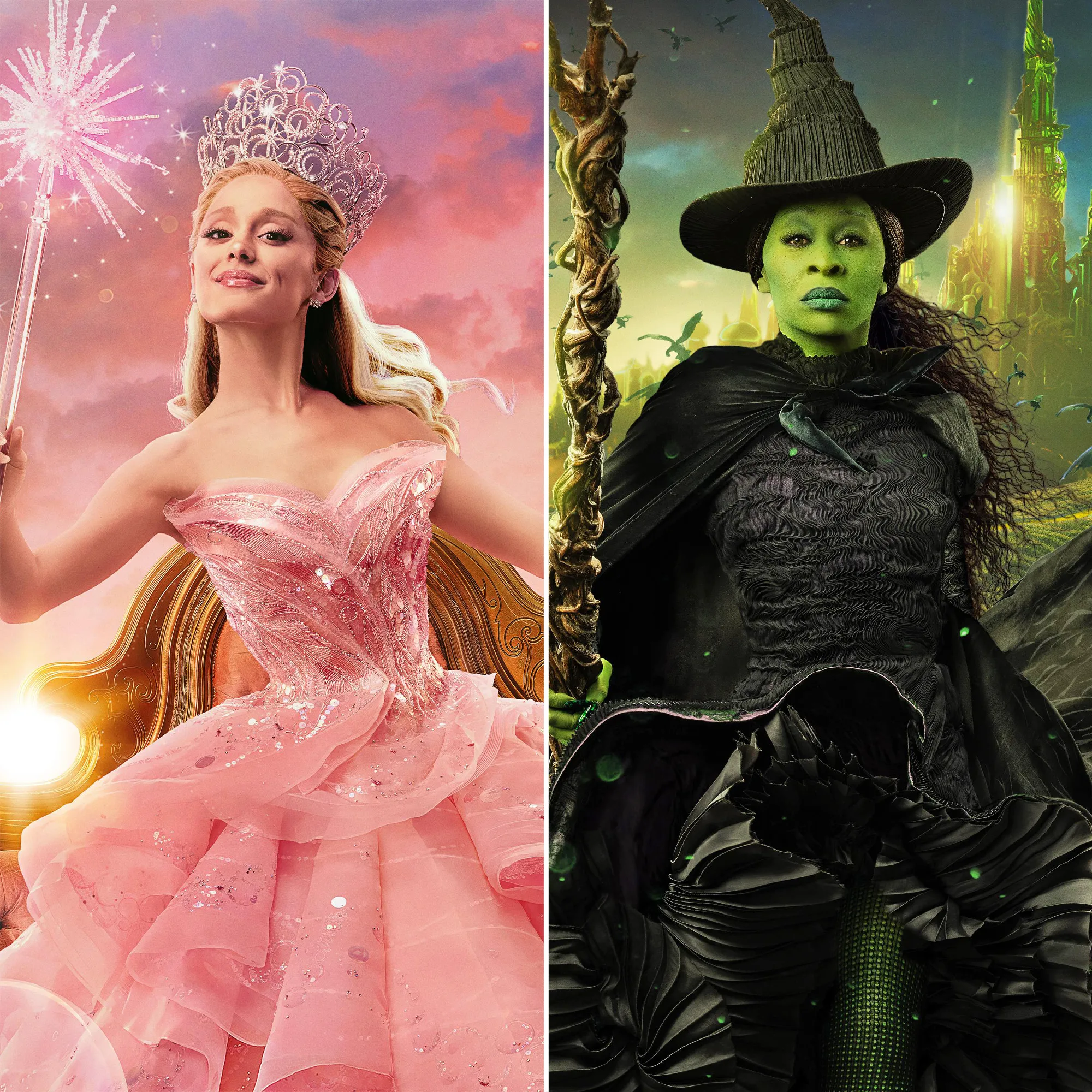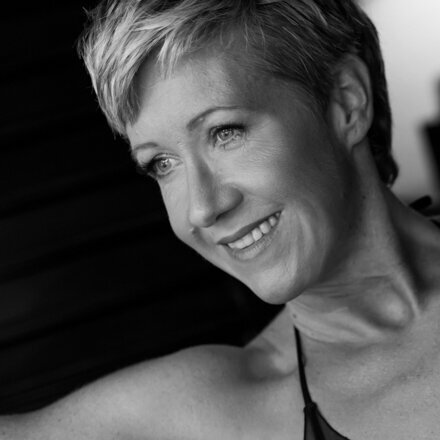
An Analysis of "Wicked" Through The Quicksand Model® of Coercive Control and Institutional Betrayal
"Wicked," the renowned Broadway musical reimagining of "The Wizard of Oz," offers a compelling narrative for exploring the intricate dynamics of power, manipulation, and coercive control within both personal relationships and institutional contexts. By employing a multifaceted approach that combines my Quicksand Model® of Coercive Control, Evan Stark's framework of coercive control, Steven Hassan's BITE Model, and Harsey & Freyd's theory of institutional betrayal, we can uncover profound insights into the characters' motivations and actions, and learn potentially effective ways for addressing coercive control in our own families, groups, businesses and communities.
This analysis will demonstrate how Elphaba's journey in "Wicked" mirrors the insidious progression from being ensnared, entrapped, and exploited by systemic coercive control, before culminating in her acts of resistance and escape. Through this lens, we will explore how the musical serves as a powerful allegory for the complex interplay between individual agency, institutional power, and societal expectations, reflecting real-world dynamics of manipulation, betrayal, and the struggle for autonomy.
By examining the characters' experiences through these theoretical frameworks, we can gain a deeper understanding of how coercive control operates on both personal and institutional levels, and how resistance to systemic coercive control can manifest even in the face of overwhelming odds.
The Quicksand Model® and Coercive Control: A Brief Overview
The Quicksand Model® of Coercive Control, developed by me, Kate Amber MSc, is a tool used to understand and articulate patterns of power, coercion and control, particularly in relationships. It emphasizes how the target becomes gradually entrapped, much like sinking in quicksand, with the coercive controller exerting control subtly and progressively.
This model aligns with Evan Stark's work on coercive control, which highlights how abusers use various tactics to dominate and control their targets, extending their dominance over time and through social space. Stark's research emphasizes that coercive control is not merely a pattern of abuse, that may or may not include physical violence, but a pattern of behavior that can predict extremely negative outcomes.
Elphaba and The Mirage of Coercive Control
Elphaba's journey in "Wicked" reflects the often circuitous steps of the Quicksand Model®, from the coercive controller ensnaring and entrapping her to her acts of resistance and escape from the quicksand of coercive control. Her experience can be analyzed through the lenses of Steven Hassan's BITE Model, which outlines four primary methods of control: Behavior, Information, Thought, and Emotional control.
At first, Elphaba's unique magical abilities are celebrated and nurtured by Madame Morrible and the Wizard. This admiration is part of 'The Mirage' – a triad of manipulative behaviors including future-faking, mirroring, and manipulative kindness (also known as love-bombing). These tactics align with the Emotional Control aspect of the BITE Model, where cults, high-control, or coercively controlling groups use emotional manipulation to foster dependency and loyalty.
Future-faking involves making grand (but false) promises about the future to seduce the target into the relationship. Madame Morrible and the Wizard fill Elphaba with visions of a future where she can use her powers for the greater good, ensnaring her in the quicksand. This aligns with the Thought Control aspect of the BITE Model, where members are indoctrinated and discouraged from questioning the group's teachings.
Mirroring, the act of mimicking the target's desires and values, is also used to draw Elphaba in. The Wizard, in particular, presents himself as a kindred spirit, further deepening Elphaba's trust and dependence on him. This tactic falls under the Information Control category of the BITE Model, where information is manipulated to maintain control.
Manipulative kindness, or love-bombing, is used to make Elphaba feel special and valued, setting the stage for deeper entrapment. This emotional manipulation is a key aspect of coercive control as described by Stark, where abusers use a range of controlling behaviors to dominate their targets.
The D's of Coercive Control in "Wicked"
The Wizard's interactions with Elphaba in "Wicked" exemplify a stark abuse of power through the application of insidious double standards, as he exploits her innate magical abilities for his own agenda while simultaneously vilifying her as the "Wicked Witch of the West" to the public, thereby maintaining his facade of benevolent leadership while covertly undermining Elphaba's autonomy and reputation. This type of behavior is common with covert narcissists, who often maintain their dominance through subtle and subversive means.
This manipulation not only serves to isolate Elphaba but also reinforces the Wizard's superficial authority, highlighting the disparity between his public persona as a wise and just ruler and his private machinations of coercion and deceit. The Wizard's actions reflect a broader pattern of authority figures using double standards to maintain control, where their own morally questionable behaviors are overlooked or justified, while resistance or challenges to their power are swiftly condemned and punished.
The Wizard's regime creates Double Binds for Elphaba, forcing her into situations where any choice leads to negative consequences, such as when she must decide between using her powers for the Wizard's agenda or being labeled as wicked.
Double Speak is a prevalent tactic employed by both the Wizard and Madame Morrible, who use ambiguous language and propaganda to obscure the truth about their oppressive regime and Elphaba's true nature.
The Double Team tactic is demonstrated when the Wizard and Madame Morrible enlist the flying monkeys to turn against Elphaba, creating a hostile environment that amplifies her isolation, and provokes them to attack her unfairly.
The Wizard's promises of acceptance and power to Elphaba, which he never intends to fulfill, exemplify the Double Cross tactic.
When confronted with the truth, the Wizard often Doubles Down on his lies, reinforcing the false narrative about Elphaba's wickedness.
The cumulative effect of these tactics results in Double Vision for Elphaba, distorting her self-image and sense of worth as she struggles against the labels imposed upon her.
Finally, the Wizard's regime employs DARVO (Deny, Attack, Reverse Victim and Offender) by consistently portraying Elphaba as the villain while presenting themselves as the protectors of Oz, manipulating societal sympathies to maintain their power. Through these intricate character dynamics and plot elements, "Wicked" provides a nuanced exploration of coercive control within a fantastical setting, mirroring real-world power structures and manipulation tactics.
Glinda's Role in Elphaba's Isolation and Resistance
Glinda's character development in "Wicked" plays a crucial role in the dynamics of coercive control and isolation experienced by Elphaba, illustrating key aspects of The Quicksand Model®. Initially portrayed as a superficial and naive young woman, Glinda undergoes a transformation that highlights the complexities of complicity in systems of oppression. Her relationship with Elphaba exemplifies the "divide and conquer" (aka Double Team) tactic often employed in coercive control situations, where the creation of rivalries and jealousies serves to isolate the victim.
Glinda's silence and compliance with the Wizard's propaganda, despite her friendship with Elphaba, contribute significantly to Elphaba's isolation and eventual labeling as the "Wicked Witch." This dynamic reflects the "Double Team" tactic from The Quicksand Model®, where multiple parties, even unwittingly, collaborate to reinforce the isolation of the targeted victim. This juxtaposition between Glinda's conformity and Elphaba's defiance underscores the themes of The Quicksand Model®, particularly the goals of the coercive controller to ensnare, entrap, and prevent escape through escalation, and ultimately the target's resistance and escape from coercive control.
Institutional Betrayal in Oz
As the story progresses, the Wizard and Madame Morrible exploit Elphaba's abilities for their own purposes, manipulating her into believing that she is using her powers for the greater good. This exploitation can be seen as a form of institutional betrayal, a concept developed by Jennifer Freyd and Sarah Harsey.
The Emerald City, as an institution, fails to protect Elphaba and instead perpetuates harm through its actions and policies. The Wizard's regime demonstrates various forms of institutional betrayal:
This betrayal is particularly damaging because it involves a violation of trust and dependency, which can have severe negative effects on mental and physical health.
Entrapment and Isolation
Elphaba's journey also illustrates the concepts of entrapment and isolation central to Evan Stark's work on coercive control and The Quicksand Model®. As she becomes more deeply involved with the Wizard's regime, Elphaba finds herself increasingly isolated from her former life and relationships. This isolation is a key tactic in maintaining coercive control, as it limits the targeted victim's access to support and alternative perspectives.
The Behavior Control aspect of the BITE Model is also evident in how Elphaba's actions are increasingly dictated by the Wizard and Madame Morrible, from her public appearances to her use of magic. This control extends to her social interactions, further isolating her from potential allies.
Resistance and Escape
Despite being ensnared, entrapped, exploited, and enslaved, Elphaba ultimately shows remarkable resilience. Her journey of resistance and escape embodies the entrapped target's goal - 'Resistance and Possible Escape.' This resistance aligns with Stark's emphasis on the importance of recognizing and addressing the full scope of coercive control, including its psychological and emotional dimensions.
Elphaba's escape from the Wizard's control can be seen as an act of "institutional courage," a concept proposed by Freyd and Harsey as a counterpoint to institutional betrayal. By standing up against the corrupt regime, in the final song Defying Gravity, Elphaba demonstrates the power of truth-seeking and moral action in the face of systemic oppression.
Conclusion
By analyzing "Wicked" through the lens of The Quicksand Model®, alongside concepts from Stark's work on coercive control, Hassan's BITE Model, and Freyd and Harsey's institutional betrayal framework, we gain a deeper understanding of the characters' motivations and actions. The musical serves as a powerful allegory for the complex dynamics of coercion, power, control, and resistance in personal relationships and broader societal contexts.
Elphaba's journey from entrapment to resistance illustrates the insidious nature of coercive control and the profound impact of institutional betrayal. At the same time, her ultimate defiance and escape offer a hopeful message about the possibility of resistance and the importance of challenging oppressive systems, even in the face of overwhelming odds.
While we've dived into 'Wicked' and unraveled some of its layers through a coercive control lens, it's worth noting that there's a whole lot more to this musical! Our exploration is just scratching the surface, and there are countless other interpretations and hidden gems tucked away in the complex narrative and colorful characters of 'Wicked'.
NOTE: Leaving a coercive controller can be very dangerous, so it's important to seek help before doing so. Numerous resources are available on ECCUSA's resource page to assist you.
